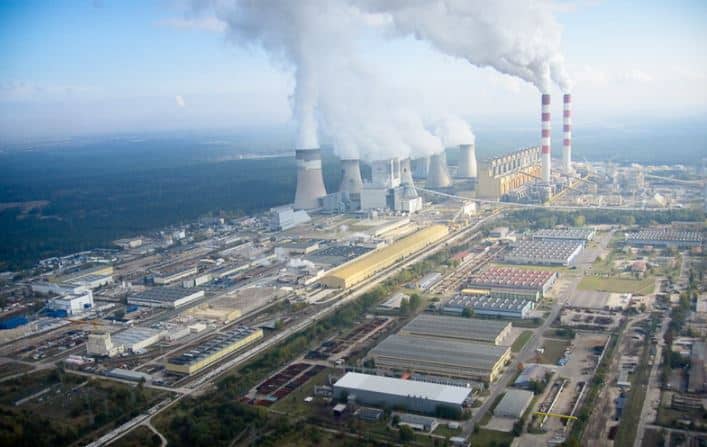State Carbon Pricing Not National Surrogate to Achieve US Emissions Goals

WASHINGTON — Harbingers of the U.N. Intergovernmental Panel on Climate Change put out a new alarm this week that at the current rate of global emissions, the goal of limiting warming to 1.5°C to stave off severe climate disruptions that could exacerbate hunger, conflict, and drought worldwide will be out of reach in less than a decade.
This puts new urgency behind calls for global emissions reduction, including carbon pricing efforts, which were a major point of the COP26 conference in Glasgow at the end of last year.
Carbon pricing is a market-based mechanism for creating incentives to reduce greenhouse gas emissions. There are two types of carbon pricing: ETS, or emissions trading systems, and carbon taxes.
Carbon taxes would directly establish a price on carbon in dollars per ton of emissions, while ETS, also often referred to as cap-and-trade, caps the total level of greenhouse gasses allowed, but gives industries with lower emissions the ability to trade their extra allowances to those higher emitting industries.
Many countries around the world already have some method of national carbon pricing, including the European Union, Australia, New Zealand, and South Korea, which use cap-and-trade to set hard limits on a significant portion of their carbon emissions. There is, however, no international standard or common carbon price.
As of Oct. 1, 2021, global carbon prices ranged from less than $1 to $142 per ton of CO2e, according to a report from the Institute for Climate Economics. But while carbon pricing proposals have been introduced in the United States since 1990, the U.S. doesn’t have a national rate — though some of its individual states do.
A dozen U.S. states already have legislated carbon pricing, including California and those East Coast states that make up the Regional Greenhouse Gas Initiative: Connecticut, Delaware, Maine, Maryland, Massachusetts, New Hampshire, New Jersey, New York, Rhode Island, Vermont and Virginia.
Advocates for national carbon pricing policies now wonder if state-level carbon pricing can achieve national climate goals in the absence of — or in tandem with — federal action.
The United States has committed to an ambitious goal of reducing net greenhouse gas emissions by half of 2005 levels by 2030. Despite actions including Clean Air Act regulations and energy efficiency standards, many are calling for more to reach and exceed these emissions reduction targets.
“[State-level carbon pricing] can be a testing ground for any federal program if we get to that,” Rajinder Sahota, deputy executive officer for Climate Change and Research at the California Air Resources Board recently told Brookings, a D.C.-based research organization. “[However], the action of the states should not be solely relied on.”
While increasing costs for businesses are often cited as a reason not to tax carbon emissions at the national level, leakage — or companies moving their production out of state — is a real and pressing concern for states taking on the burden of carbon pricing in the U.S.
Opponents also fear that carbon taxes could disproportionately harm low-income communities and seniors as they raise the price of gas, electricity, and other goods for all consumers, regardless of income. Sahota claims, however, there is no data on California’s cap-and-trade mechanisms to show they have exacerbated income disparities in the state.
“The price in a cap-and-trade program is unique because it lets the market set that price,” Sahota said, claiming this is often more palatable than a tax. Cap-and-trade also provides certainty about the amount of emissions reduction that will result, even if the price of emissions fluctuates.
There is no doubt that certainty about emissions reduction would be useful to achieve national goals.
In the absence of federal action, state-level carbon pricing is a useful tool toward these goals, but “there has been an awakening that carbon pricing and climate mitigation is here to stay,” Sahota said. “We see [federal and state action] as being complementary.”
Kate can be reached at [email protected].























